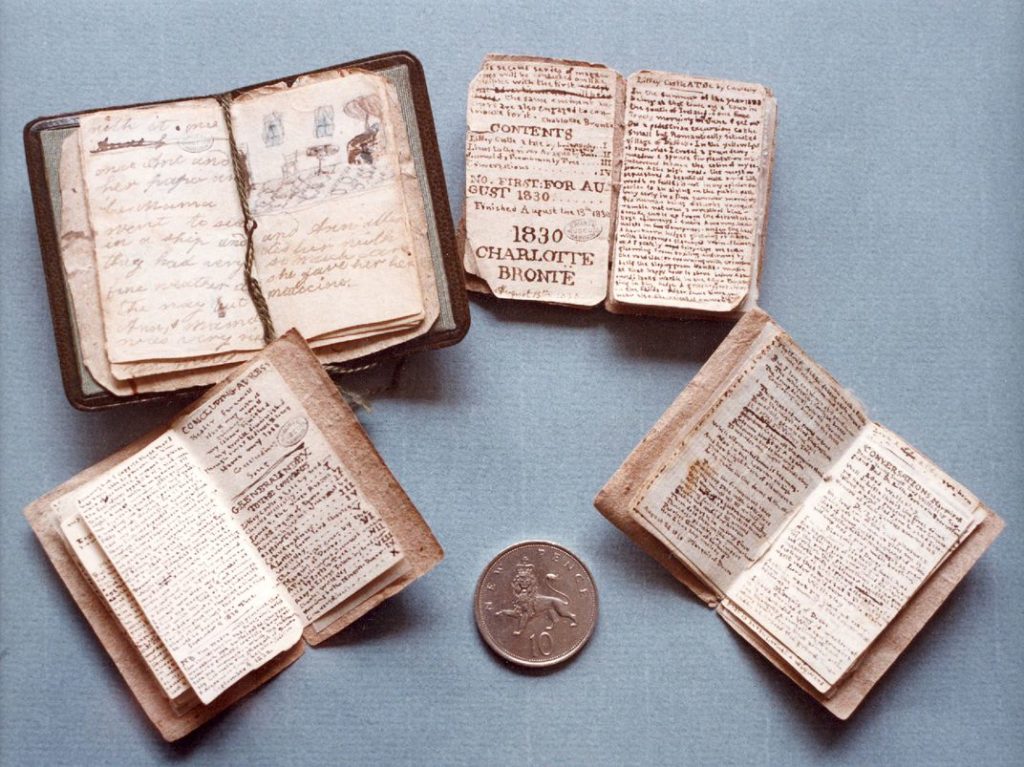
You may know Charlotte Brontë as the author of Jane Eyre (1847), a stalwart of the British literary canon which famously concludes with the lines “Reader, I married him.” But did you know that she is also the author of a series of stories set in West Africa?
The story goes like this. When Charlotte Brontë was around fourteen, she and her siblings “published” several tiny “books” titled The Young Men’s Magazine. These “books,” about one by two inches in size and sewn together by hand, were meant to be reading material for her brother Branwell’s toy soldiers (kind of like, say, a miniature kitchen set for Barbie dolls).
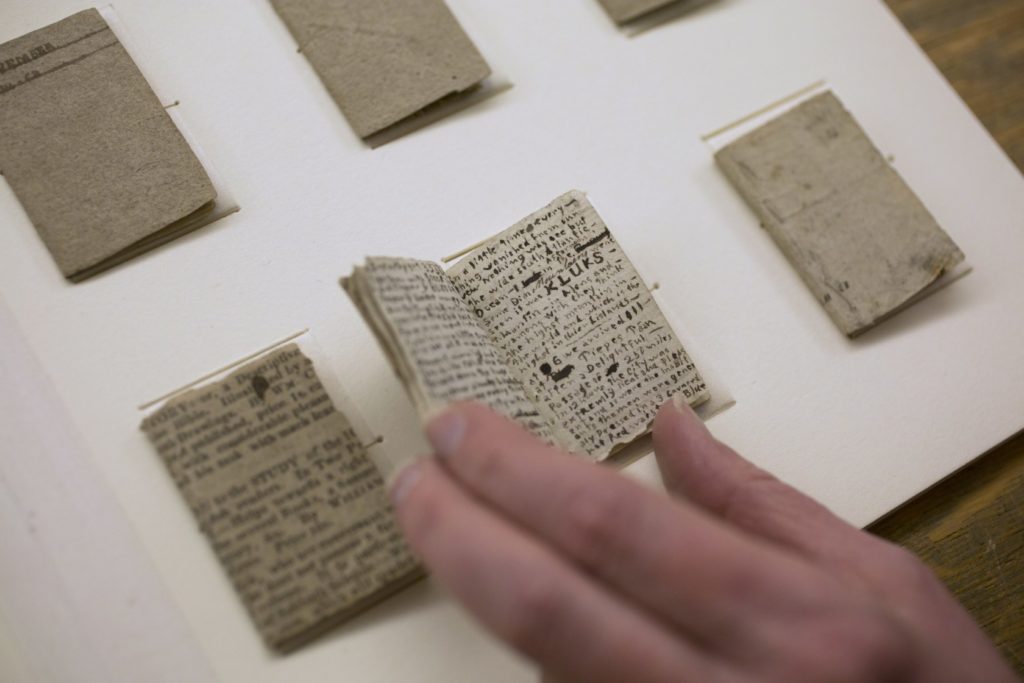
These “books” contained stories handwritten by Charlotte and Branwell that were set in a fictional West African world called the Glass Town Federation. The stories were essentially colonial adventure tales; “A Romantic Tale,” for instance, recounts the Young Men’s voyage to Africa, their war with indigenous tribes, and the founding of Glass Town at the delta of the River Niger.
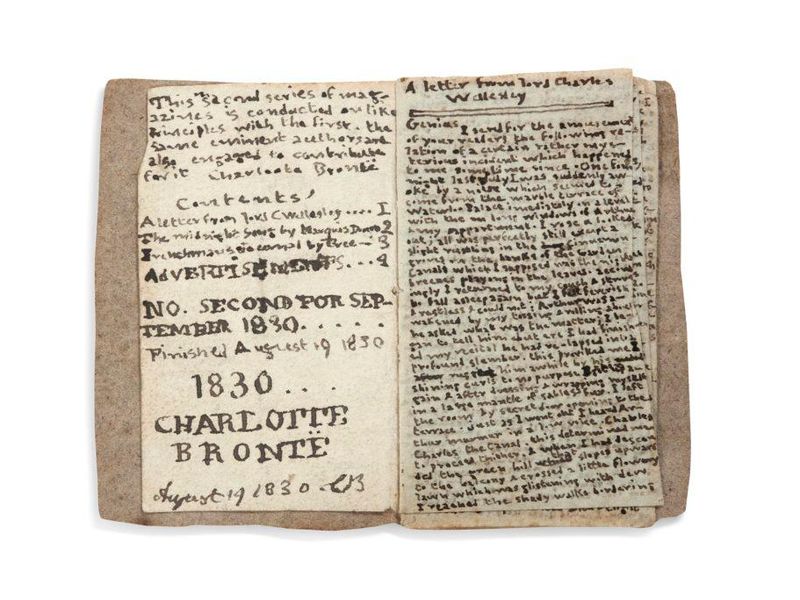
Of course, Charlotte Brontë never set foot in Africa. As the Brontë specialist Christine Alexander clarifies in the introduction of the book in which these stories are collected, Tales of Glass Town, Angria, and Gondal (2010):
This fictional world established in Africa bears little resemblance to Africa itself apart from occasional place names, incursions by Ashantee tribes, and exotic scenery that owes as much to fairy tale and the Arabian Nights as it does to geographical descriptions of what was known as ‘the dark continent.’ The Brontës filled this imaginative space with their own version of early nineteenth-century society with its international relations and domestic affairs. Here they reconfigured European colonial aspirations, republican uprisings, military and administrative organization, buildings and landscapes, social ideology and cultural institutions. Struggles of the Peninsular Wars, together with the names and battles associated with [the Duke of] Wellington and Napoleon, were mapped on to the African colony.
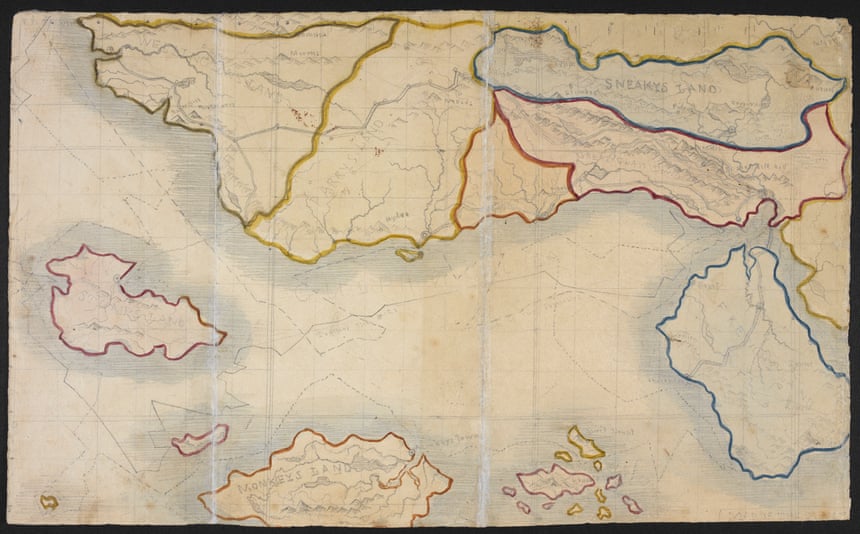
To be sure, the Brontës’ use of Africa as a setting can be understood as an instance of how Britain’s imperial history pervaded its literature, and how that resulted in problematic portrayals of Africa that continue until today. Even so, we can’t help but admire the effort it must have taken the Brontë kids to write these stories and craft these “books” in such miniature form!


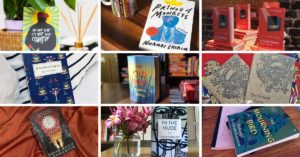



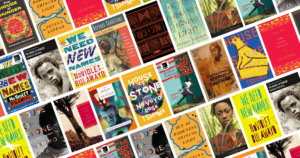

COMMENTS -
Reader Interactions